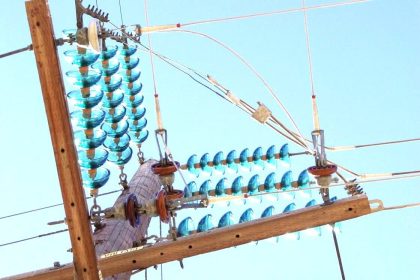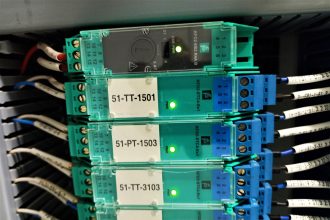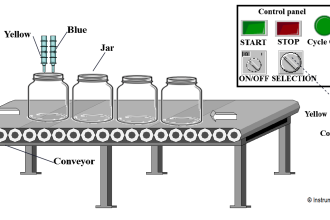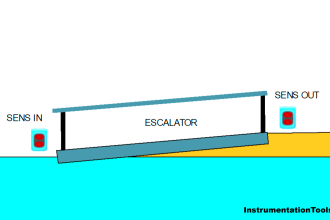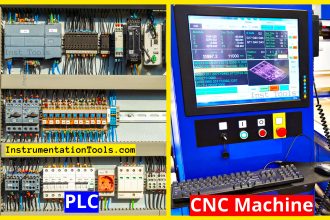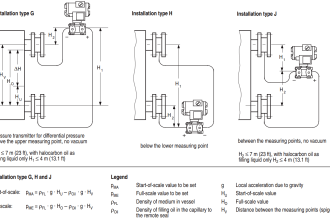All the equipments connected to the power utility system is designed to be used within the voltage range. Voltage drop exist in each part of the system. Consumers who are electrically connected on the primary distribution feeder near to the substation will have maximum voltage levels compared to consumers who are located at the tail end or far end of the distribution (higher voltage drops attributes to the poor voltage levels).
But for satisfactory operation of the electrical equipment voltage levels to these equipment’s should be within the operational range. Therefore in order to provide supply voltage within prescribed limits some voltage correction or voltage control measures should be taken.
Some of the methods available to achieve voltage control at the distribution end of the power system are explained below:
Voltage Control Methods:
- By operating grid or main sub-distribution on load/off load tap changing arrangement of the transformer.
- By addition of extra feeders. This reduces the load carrying of the feeder and hence results in reduced voltage drop and improve regulation
- By increasing the conductor sizes of the existing conductors. This reduces the losses in thee conductor resulting in improvement in the voltage profile
- By rearrange the system and transfer loads
- By balance load between different phases
- Converting thee single phase system or single wire earth return system to three phase system
- By adding distribution transformer capacity
- By altering tap settings on the distribution transformers
- Providing line drop compensator such as shunt capacitors for improving the power factor and series capacitors for improving the voltage profiles and stability of the system. Switching on and off theses devices whenever they are necessary
- By installing voltage regulators at the distribution side
- Increase distribution voltage levels.
